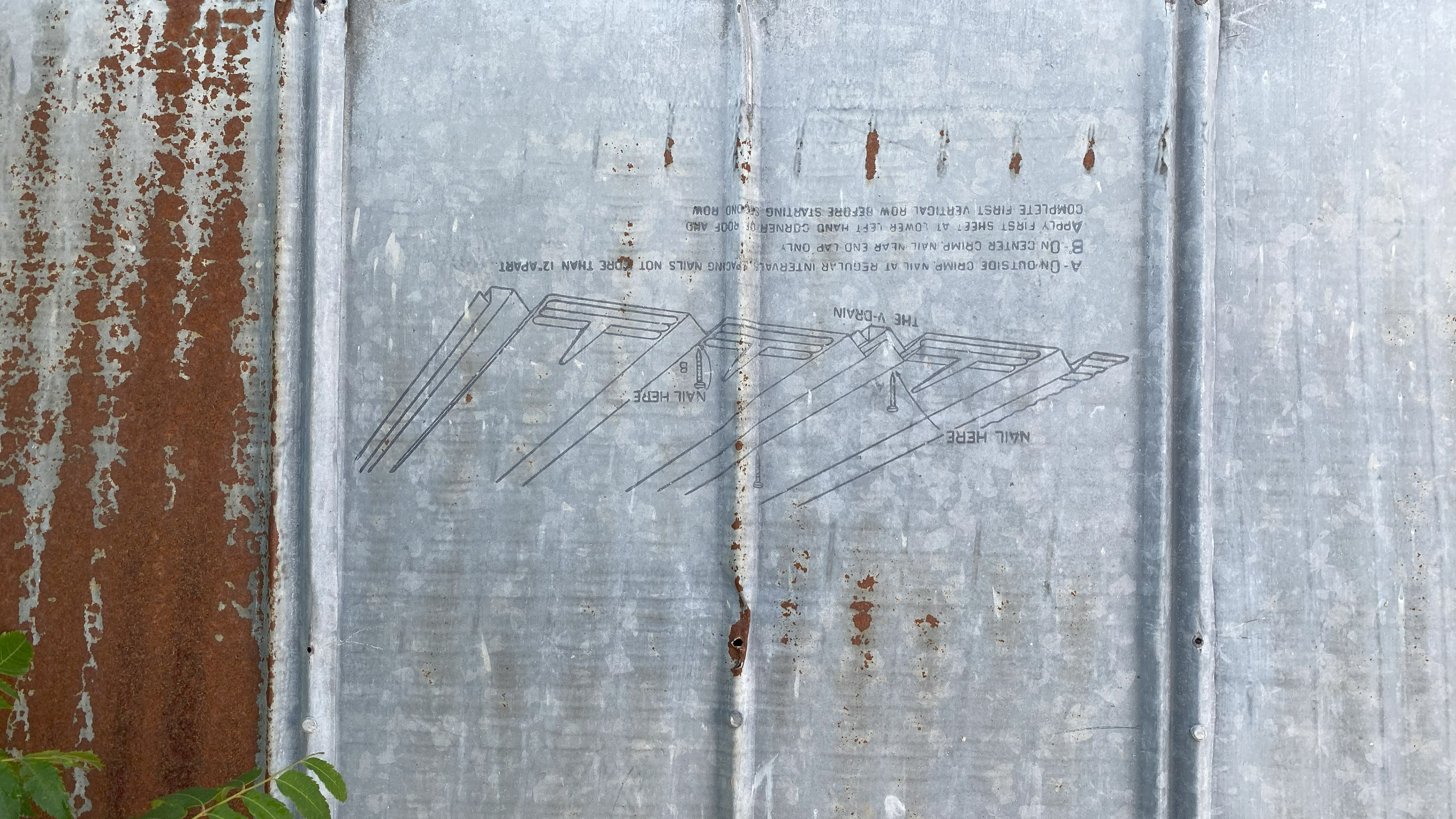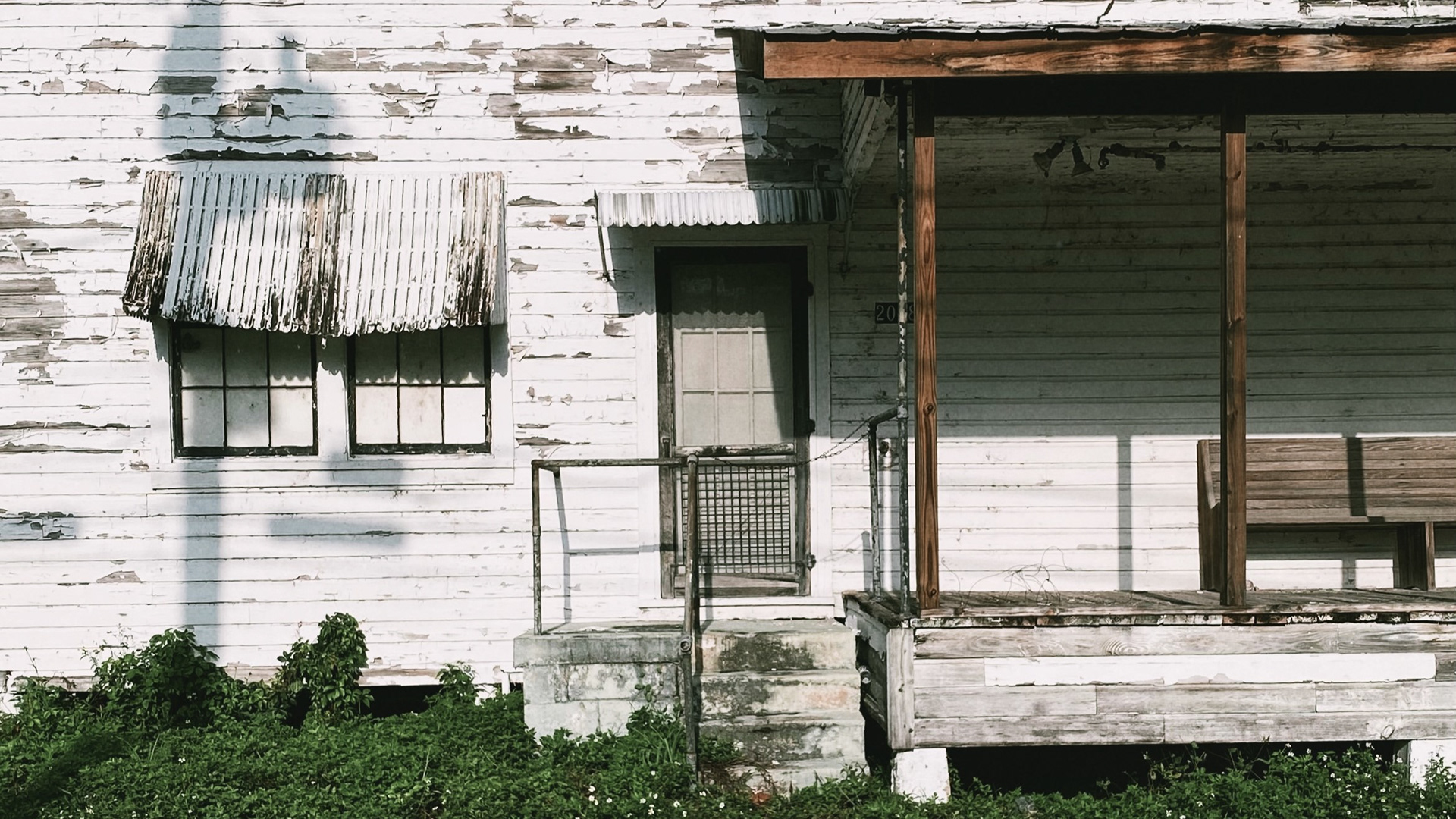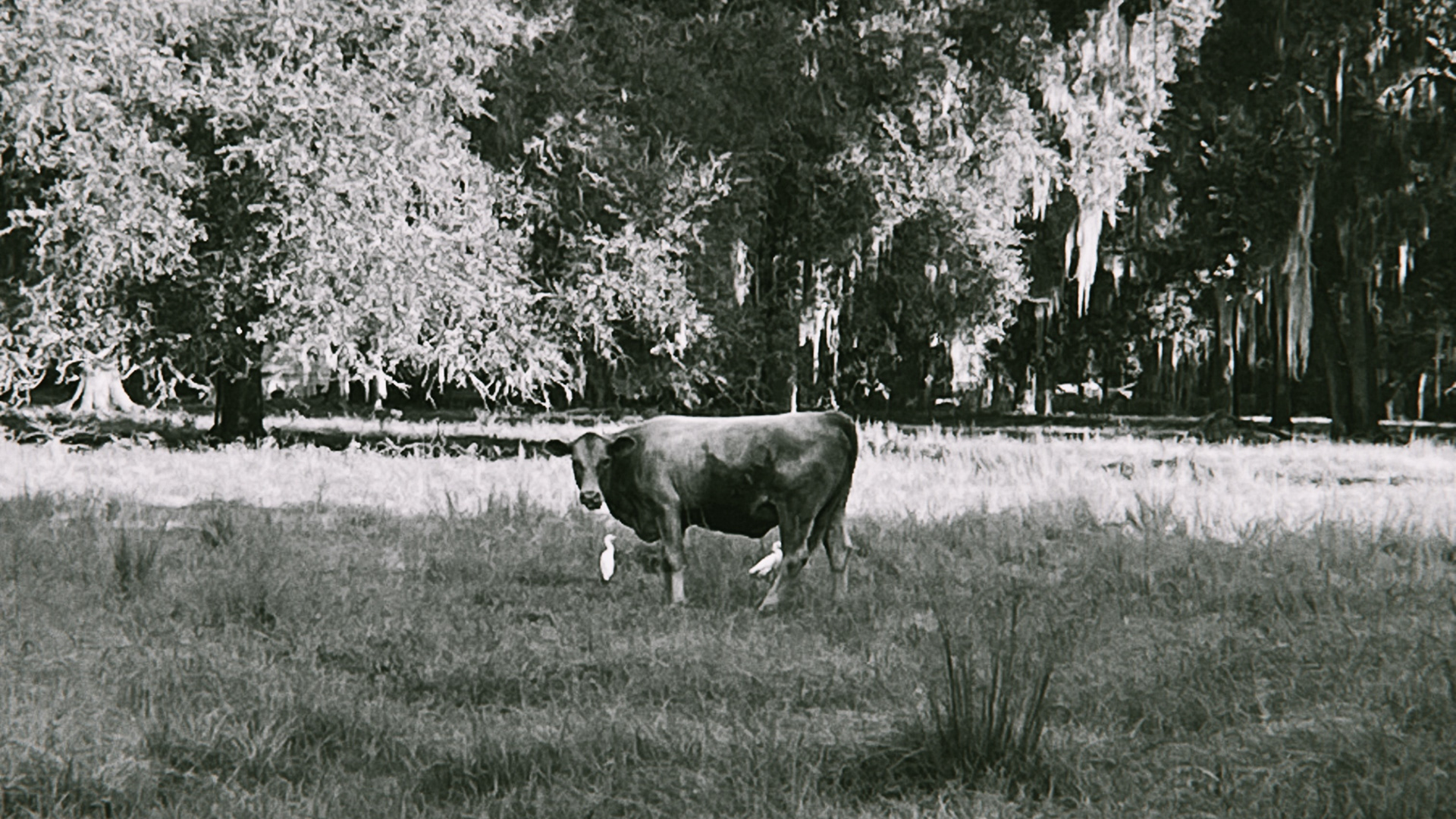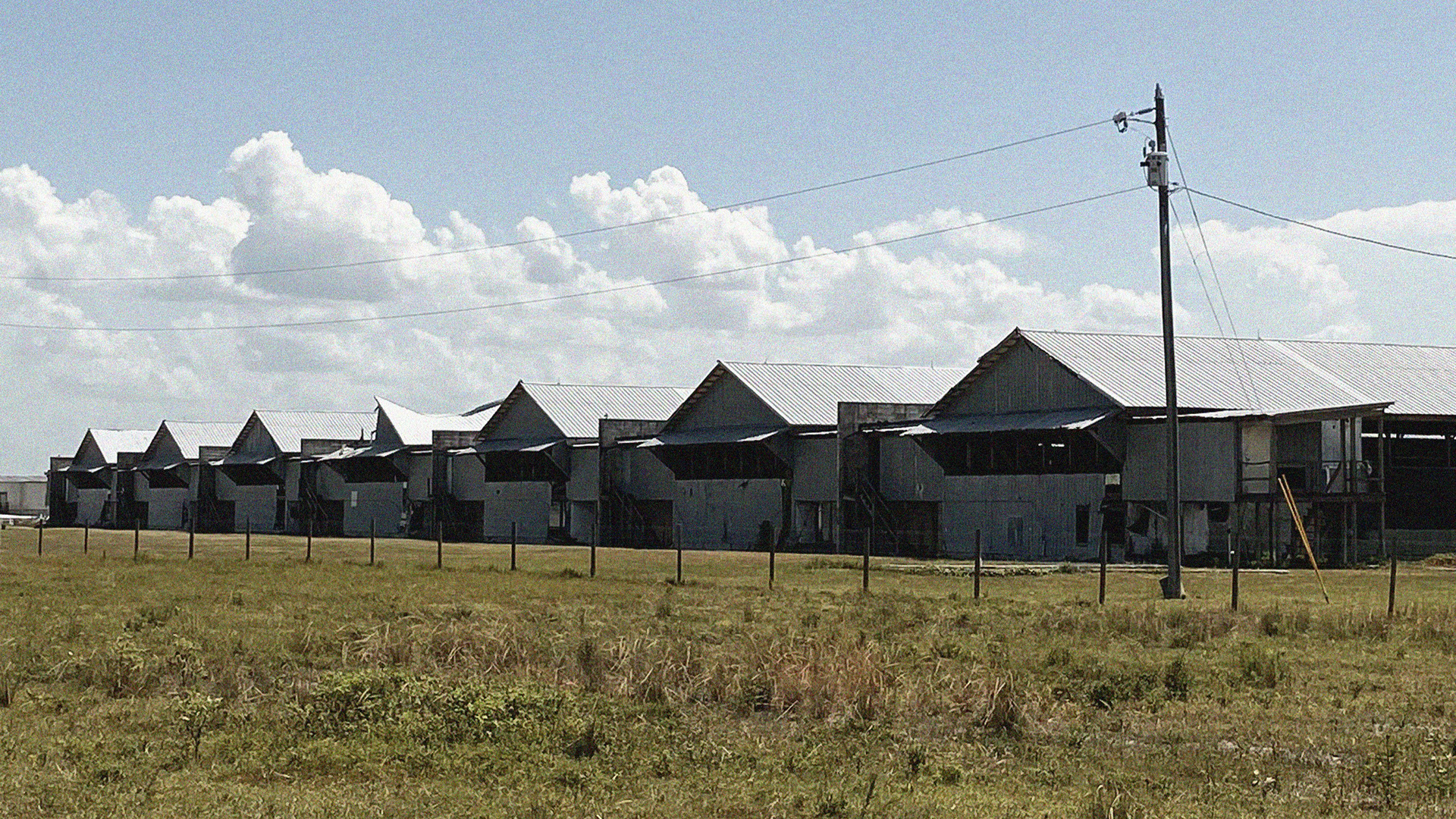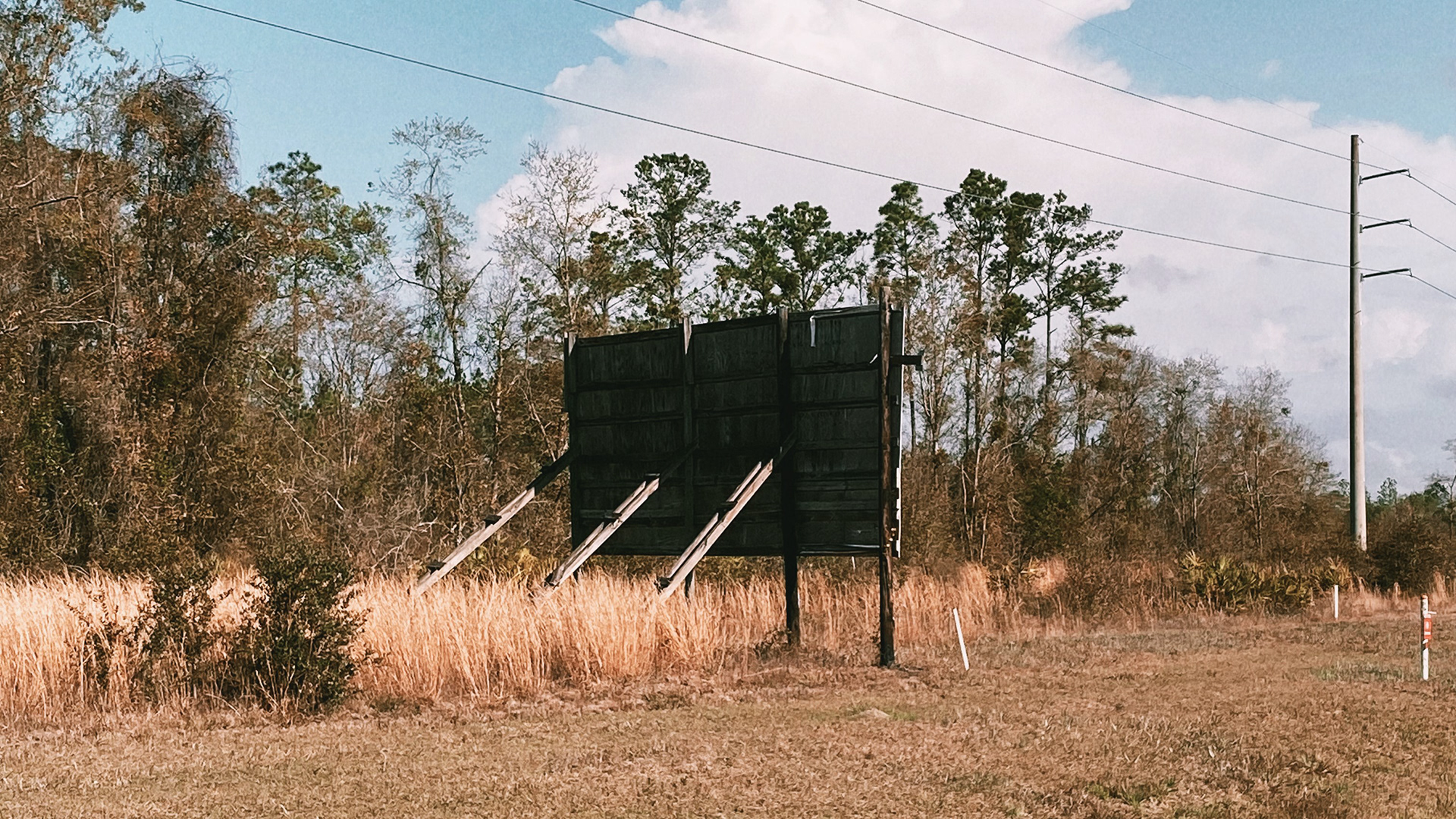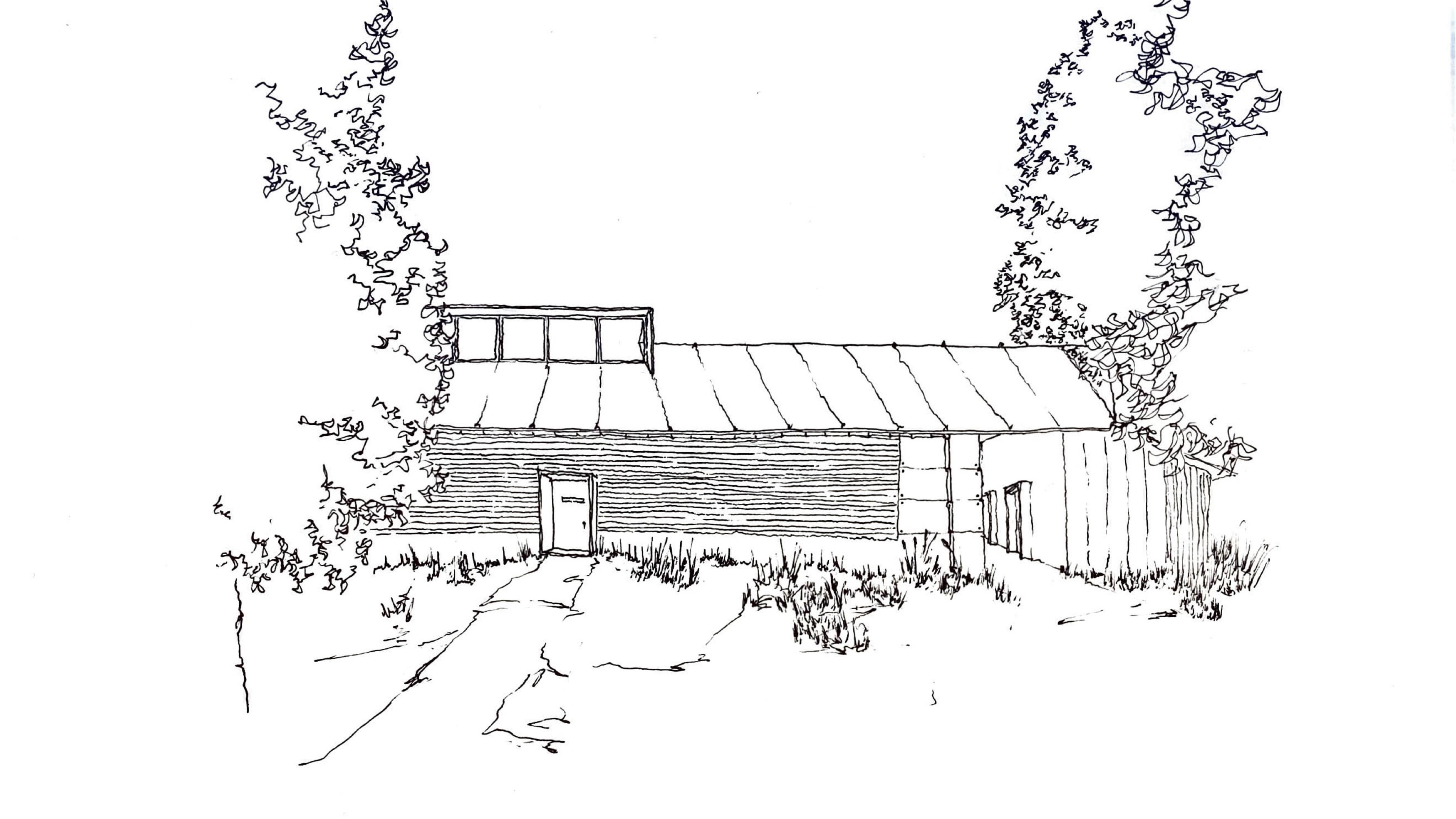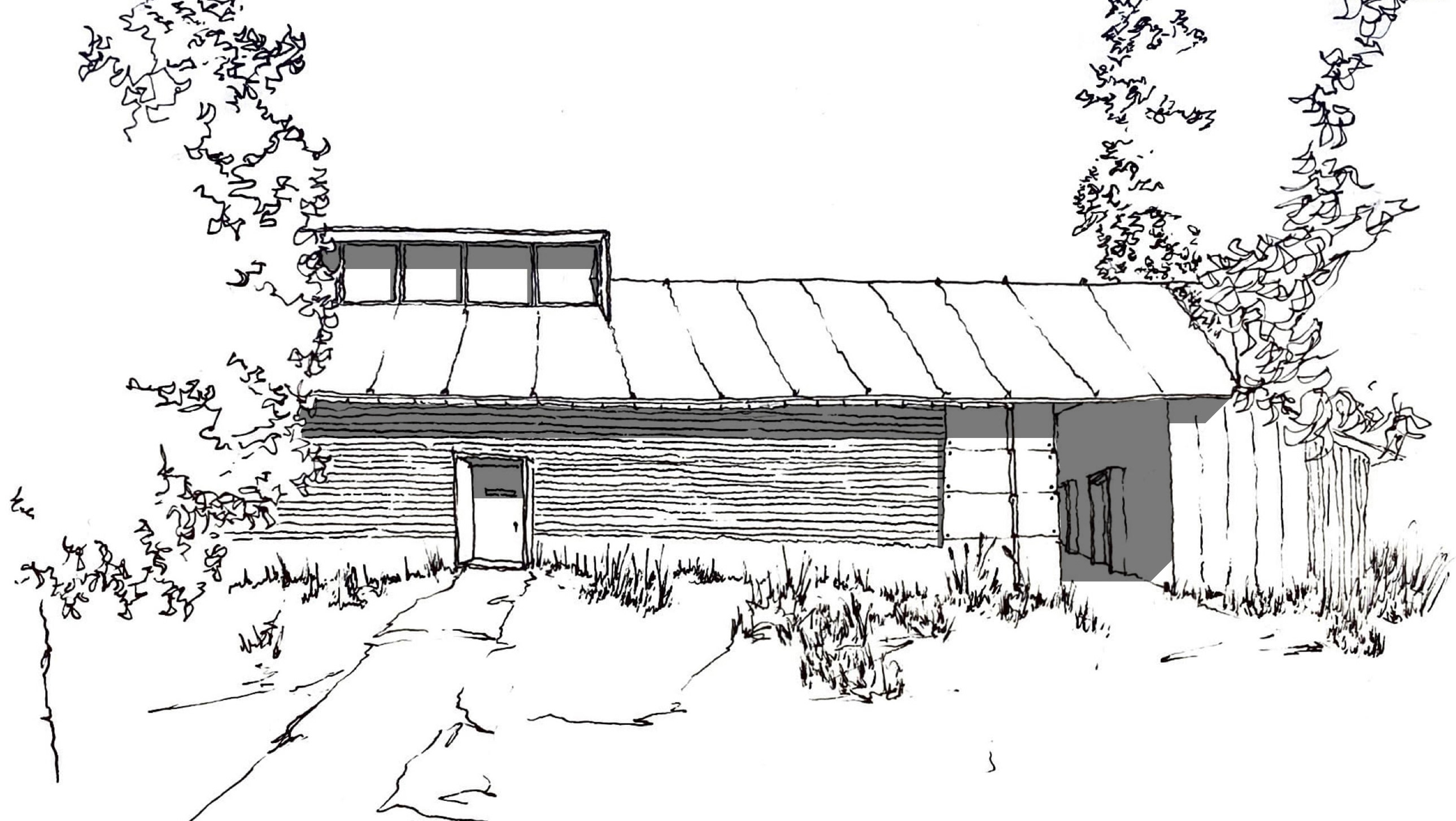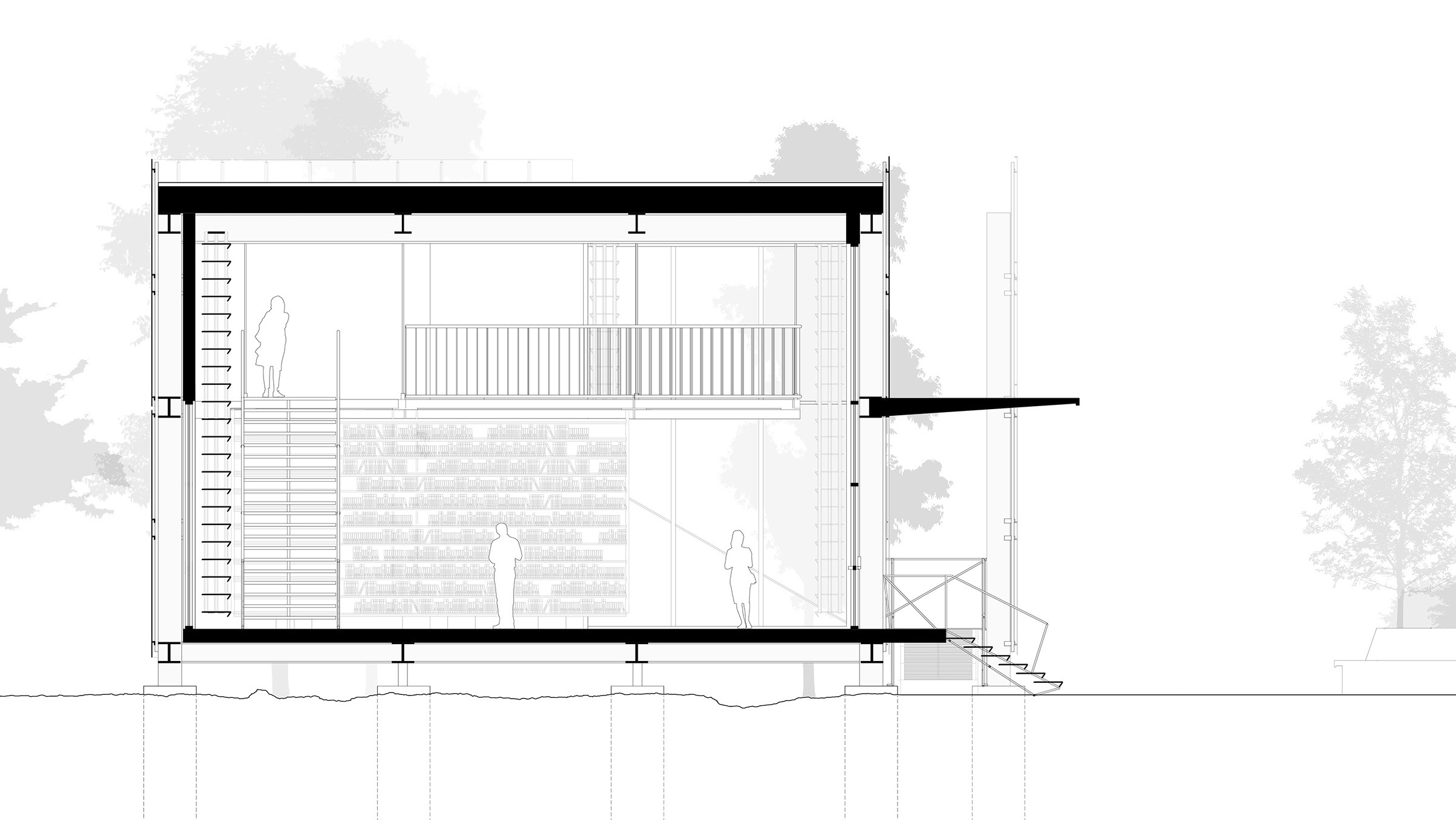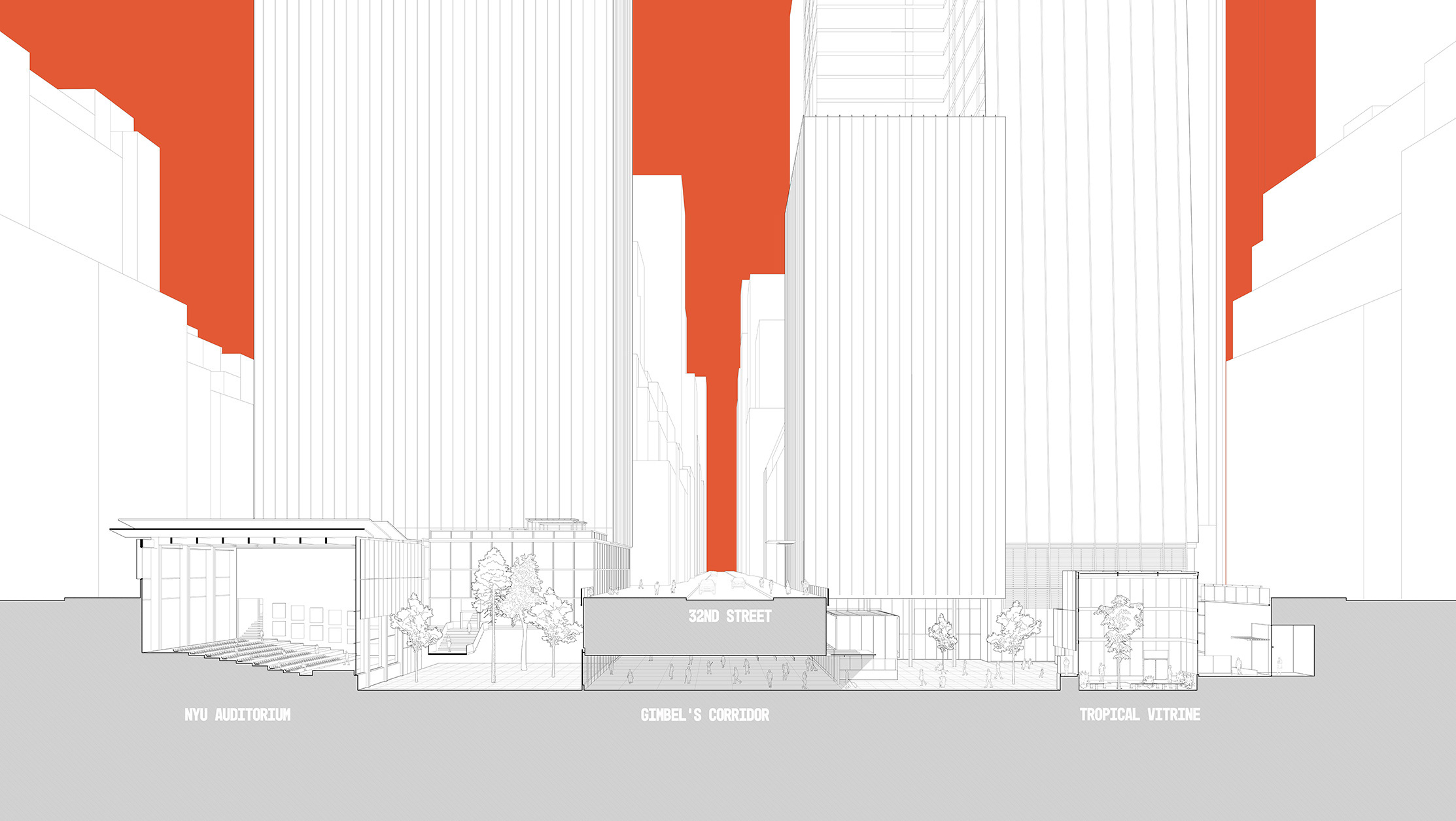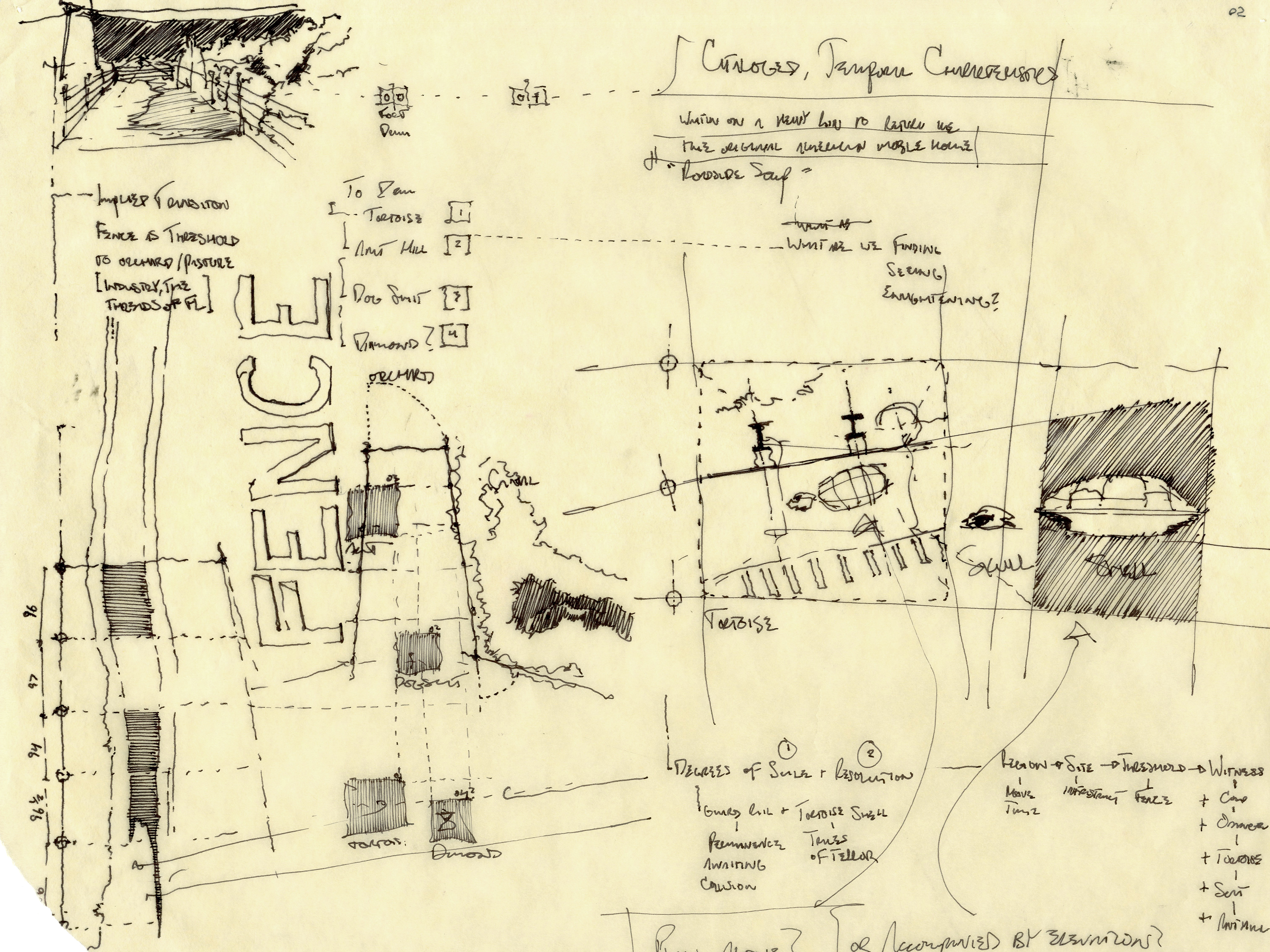

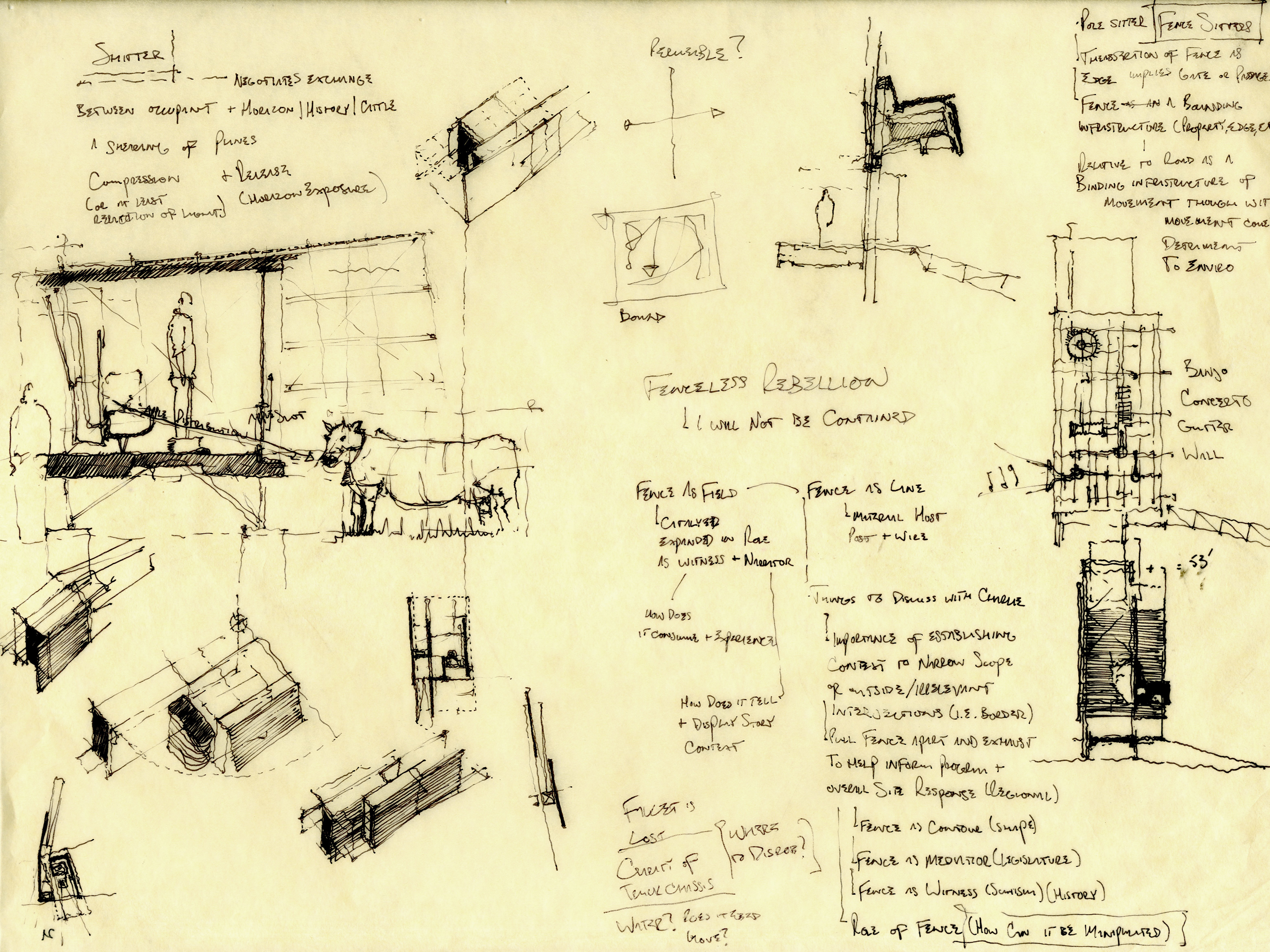

The nature of bathrooms in contemporary times has accepted a state of complacency. The state of these spaces shutters from the world begging that no one gives them a hint of attention. The presence of meticulous detailing and consideration for the processes of earnest human occupation has fled. Specifically, the bathrooms experienced at Turnpike service plazas, though efficient in terms of time spent within, are particularly mute. They’re lathered in overwhelmingly neutral beige tiles or whatever hues of brown conceal the most grime. Over intercoms, these spaces are subject to copyright free jazz that feels like its trying to undersell the elevator music industry. The wash and dry areas progressively become subject to Dyson hand dryers that disperse the water from your wet hands directly onto your shoes and sinks with such pitiful water pressure that they may as well be crying. Urinals and bathroom stalls provide experiences closer to cattle drives than particular moments of pause and reflection. To say, these subsided spaces treat the human as a docile vessel incapable of making its own decision. There is a ripened potential to catalyze the bathroom as a tool for connecting the occupant with their natural context that the service plaza refuses to explore.
There is opportunity, especially in the context of a bucolic Florida landscape, to insert another variable to the bathroom’s realm of exchange. Infrastructural, agricultural, and environmental elements dwell in this territory. The bathroom, specifically the toilet, may engage and unveil this context to establish a sincere relationship between the intimacy of stigmatized space and the enriched infrastructural threads that occupy the land.

